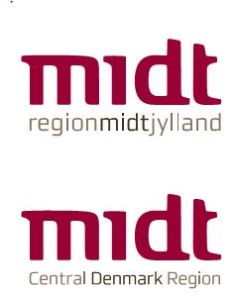The Family Together
A major restructuring of regional hospital structure in 2012 aimed at achieving large cost reductions caused the creation of joint leadership in the departments of paediatrics and gynaecology/obstetrics, accompanied by major staff reductions and ensuing disgruntlement.
Common ground was found in shortcomings related to the treatment and care of the newborn and their mothers. A group of 28 staff and leadership from all types of personnel in the wards were invited to a course specially designed for this initiative and held by trained HR consultants. A kick-off meeting for all staff in the department started the inititiave and a major influence was the speech given by a mother, whose child had received treatment at the neonatal ward while the mother had to stay in the maternity ward due to her own condition – as was customary pratice at the time.
Keeping the family together during treatment was designated the underlying value.
The course participants identified practices and procedures that were at odds with this value, investigated their relative importance and proposed changes. The role of leadership was to consider whether these changes were safe for the patients and aid in implementation of small scale trials and evaluations.
A large number of problem investigations and trial activities were evaluated. Four representative and important outcomes can be singled out:
- Myth busting – a fair number of “everyday annoyances” reported by staff members to be common were found to be very rare occurrences of minor relevance when scrutinized.
- Shared understanding of the importance of screening for hypoclycemia in the newborn. Collecting relevant data showed that adherence to guidelines could easily be improved by consultations between the specialist nurses in the maternity and neonatal wards.
- Mothers of children born by caesarean section can be monitored safely in the neonatal ward and more newborns can stay with their mothers at the maternity ward while receiving treatment when specialist nurses help and guide each other between wards.
- A newborn with “wet lungs” should be treated with respiratory support (CPAP) immediately after birth. Specialist nurses from the neonatal ward can administer this treatment while the newborn is placed “skin-to-skin” with the mother in the first hours after birth.
Four years on the initiative still continues to evolve. The nursing staff has come to appreciate that their specialist skills and knowledge were not diluted by the need to bring in patients traditionally taken care of in other specialties while both receving and offering guidance. Patients are acknowledging the efforts to individualize treatment. Doctors are more willing to take care of patients in other wards than their own.
A pervasive thought has become “what serves this patient best” rather than “where does this patient belong”.

